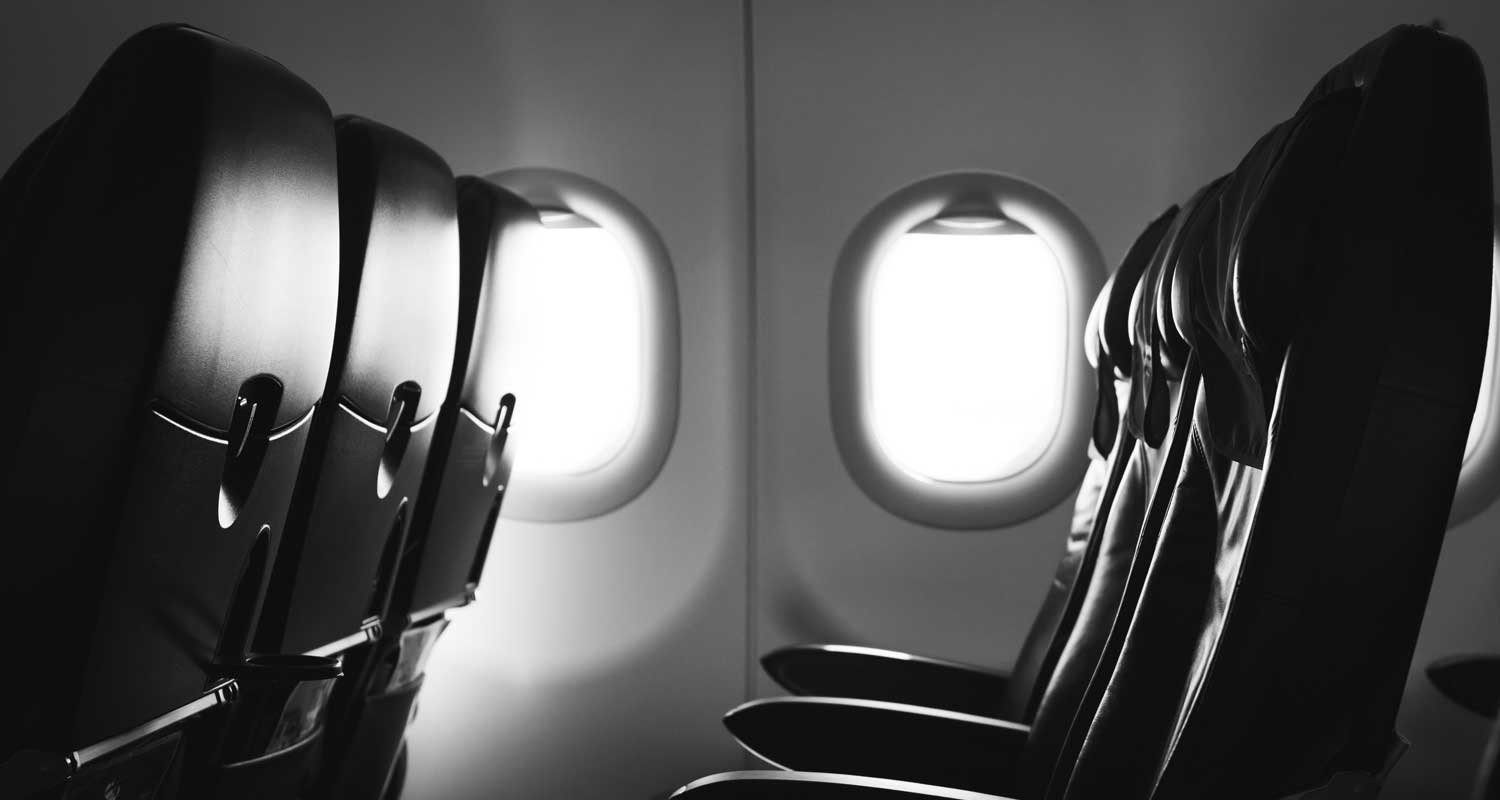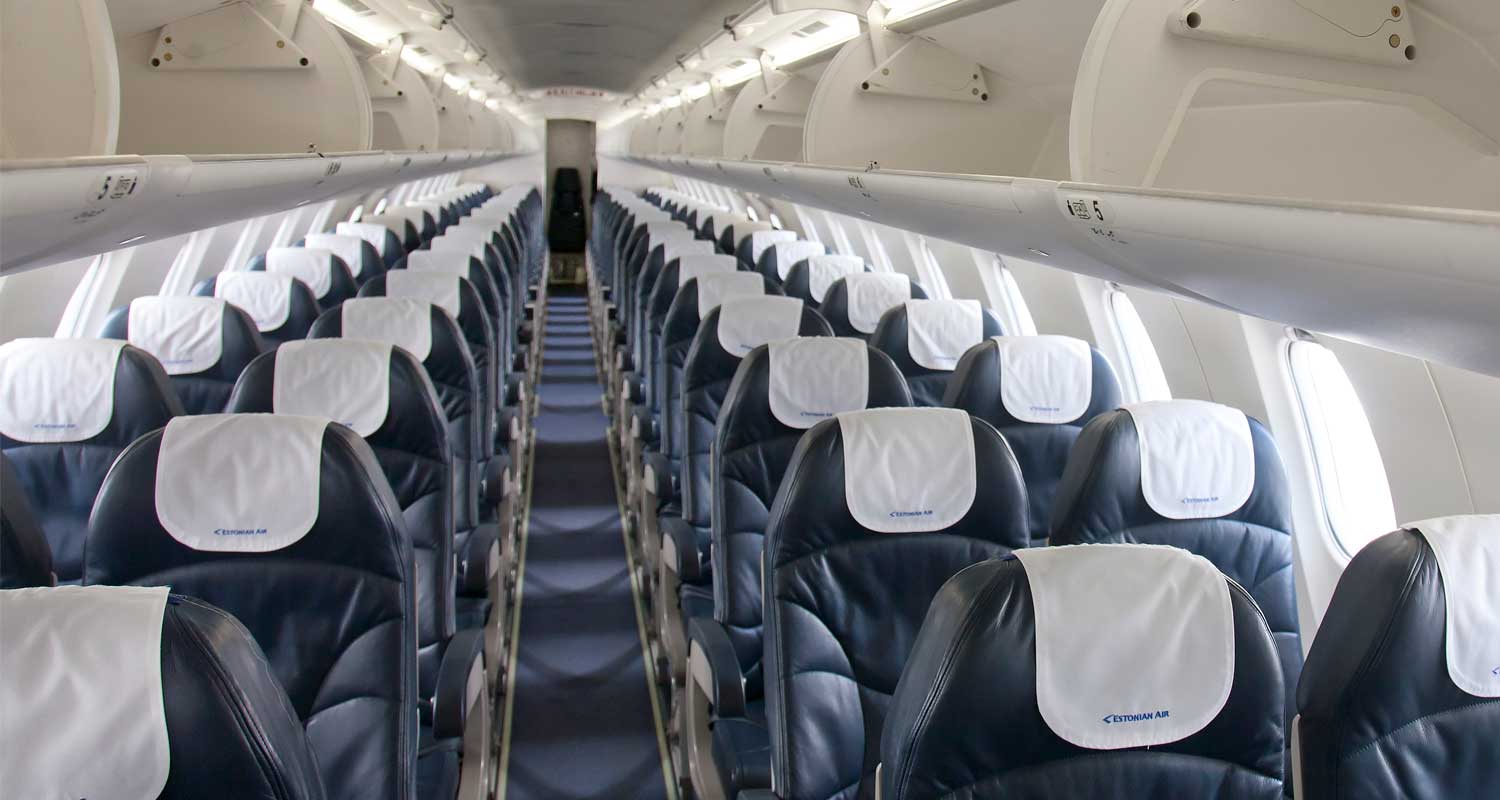 When booking a flight, do you ever think about which seat will protect you the most in an emergency? Probably not.
When booking a flight, do you ever think about which seat will protect you the most in an emergency? Probably not.
Most people book seats for comfort, such as leg room, or convenience, such as easy access to toilets. Frequent flyers might book their seat as close as possible to the front so they can disembark more quickly.
We rarely book a flight with hopes of getting one of the middle seats in the last row. Well, guess what? These seats are statistically the safest ones on an aeroplane.
Before we get into it, I should reiterate that air travel is the safest mode of transport. In 2019, there were just under 70 million flights globally, with only 287 fatalities.
According to the US National Safety Council’s analysis of census data, the odds of dying in a plane are about one in 205 552, compared to one in 102 in a car. Even so, we pay little attention to fatal road accidents, but when we hear about an ATR72 crashing in Nepal it’s the lead story on every news page.
Our interest in plane crashes might lie in wanting to understand why they happen, or what the odds are of them happening again. And perhaps it’s not a bad thing; our concern ensures these tragic incidents are thoroughly investigated, which helps keep air travel safe.
Frankly speaking, there is no real need to worry about safety when you board a commercial flight. But if you’ve still got that nagging question in your head, driven by sheer curiosity, read on.
In the middle, at the back
It’s worth remembering accidents by their very nature do not conform to standards. In the 1989 United Flight 232 crash in Sioux City in Iowa in the US, 184 of the 269 people onboard survived the accident. Most of the survivors were sitting behind first class, towards the front of the plane.
Nonetheless, a Time investigation that looked at 35 years of aircraft accident data found the middle rear seats of an aircraft had the lowest fatality rate: 28%, compared to 44% for the middle aisle seats.
This logically makes sense, too. Sitting next to an exit row will always provide you with the fastest exit in the case of an emergency, granted there’s no fire on that side. But the wings of a plane store fuel, so this disqualifies the middle exit rows as the safest row option.
At the same time, being closer to the front means you’ll be impacted before those in the back, which leaves us with the last exit row. As for why the middle seats are safer than the window or aisle seats, that is, as you might expect, because of the buffer provided by having people on either side.
The type of emergency will also dictate survivability. Running into a mountain will decrease chances of survival exponentially, as was the case in a tragic 1979 disaster in New Zealand. Air New Zealand Flight TE901 crashed into the slopes of Mt Erebus in Antarctica, killing 257 passengers and crew.
 Landing in the ocean nose-first also decreases chances of survival, as witnessed with the 2009 Air France Flight 447, in which 228 passengers and crew perished.
Landing in the ocean nose-first also decreases chances of survival, as witnessed with the 2009 Air France Flight 447, in which 228 passengers and crew perished.
Pilots are trained to minimise potential risk in an emergency event as best as they can. They will try to avoid hitting mountains and look for a level place, such as an open field, to land as normally as possible. The technique for landing in water requires assessing the surface conditions and attempting to land between waves at a normal landing angle.
Aircraft are designed to be very robust in emergency situations. In fact, the main reason the cabin crew remind us to keep our seat belts fastened is not because of crash risk, but because of “clear air turbulence” that can be experienced at any time at high altitudes. It is this weather phenomenon that can cause the most damage to passengers and aircraft.
Manufacturers are designing new planes with more composite materials capable of handling in-flight stress. In these designs, the wings are not rigid and can flex to absorb extreme loading to prevent structural failure.
Does the type of plane make a difference?
Granted, there are certain variables, such as impact from airspeed, that can vary slightly between different airplane types. However, the physics of flight is more or less the same in all planes.
Generally, larger planes will have more structural material and therefore more strength to withstand pressurisation at altitude. This means they may provide some additional protection in an emergency – but this, again, is highly dependent on the severity of the emergency.
That’s not to say you should book your next flight on the largest plane you can find. As mentioned, air travel remains very safe. So I’d suggest thinking about what movie you’ll watch instead, and hoping they don’t run out of chicken and only have the shrimp left!![]()
- The writer, Doug Drury, is professor and head of aviation at CQUniversity Australia
- This article is republished from The Conversation under a Creative Commons licence

